In an era where fashion is global, fast, and often forgettable, does it still matter where your clothes are made?
At MIDAundici, we believe it matters more than ever. Because behind every label is a story, and when that story starts in Italy, it carries with it a legacy of care, precision, and pride that no machine or offshore factory can replicate.
Here’s why we still make everything in Italy, and why origin remains a pillar of quality in a world driven by convenience.
It’s Easy to Replicate Machines. Not People.
You can buy the same finishing equipment, install the same washing systems, even follow the same chemical recipe. But that doesn’t guarantee the same results. Why? Because craftsmanship isn't just technical — it's human.
“Even in Italy, perfect finishing is hard. Overseas, it’s nearly impossible to maintain quality batch after batch.”
— Francesco Michelacci, Director of MIDAundici
What makes Italian production special is not just access to advanced machinery, it’s the technicians who operate them. Many have spent decades refining their knowledge. The skill of repeating a complex wash, achieving the same fading, drape, and feel every time, is like a high-end chef recreating the same dish every night.
Same tools, same ingredients; different outcome without the right hands.
Made in Italy: A Culture, Not a Sticker
What makes "Made in Italy" truly special isn’t nationalism. It’s the deep-rooted culture of micro-industries, many family-run, where people dedicate their lives to one thing: doing it better than anyone else.
This mindset is older than the nation itself. In the days of city-states, towns took pride in producing the best wine, textiles, ceramics. That pride still exists, not in marketing slogans, but in quiet, consistent excellence.
“Each artisan here wants to outdo the one next door, not because they have to, but because it’s part of who they are.”
— Francesco
When We Tried Cutting Corners
Years ago, we tested cheaper cotton in response to market pressure. It looked okay on paper: same specs, lower price. But the reality was different. The garments didn’t hold shape. The dye didn’t absorb evenly. Our defect rate doubled.
We learned the hard way that the fabric is the foundation. Without long-staple, combed cotton (which costs more) our finishing processes break down.
“You can’t build a timeless piece from short-term fabric.”
— Francesco
Why We Haven’t Left Italy (And Won’t)
We often get asked: wouldn't it be cheaper to produce overseas? Yes. But that would destroy everything we do well.
Our model is built on small-batch agility. We don’t mass-produce. We refine, dye, and finish our garments in limited runs. And we do it fast: often turning ideas into finished tees within weeks.
Overseas production requires high volume to offset costs. It slows you down, adds complexity, and makes quality control harder.
“We didn’t stay in Italy out of nostalgia. We stayed because it lets us move quickly without compromising quality.”
— Francesco
A System That Protects Quality (And Values People)
When your supply chain is local, you see every step. You talk to every technician. You know the faces behind each process. That visibility means:
-
Better quality control
-
Fewer defects, less waste
-
Fairer labor conditions
-
Faster decision-making
The Bottom Line: You Can’t Outsource Pride
A label doesn’t make something great. But sometimes, it’s a clue. When a garment says Made in Italy, there’s a good chance it was touched by people who cared.
At MIDAundici, every tee is dyed, washed, and finished in Italy, not because it’s trendy, but because it’s the only way we know how to make it right.
Want to experience the difference?
FAQ
Why is Made in Italy clothing more expensive?
Because it’s made in small batches by skilled people, using premium materials, under strict environmental and labor regulations. The price reflects the real cost of quality.
Is Made in Italy always better?
Not always. But when it comes to small-batch, skill-intensive garments like ours, Italy’s infrastructure, culture, and expertise still set it apart.
Would MIDAundici ever move production overseas?
No. Our entire process (from fabric selection to finishing) relies on the consistency and collaboration we have with Italian partners. We couldn’t replicate it anywhere else.
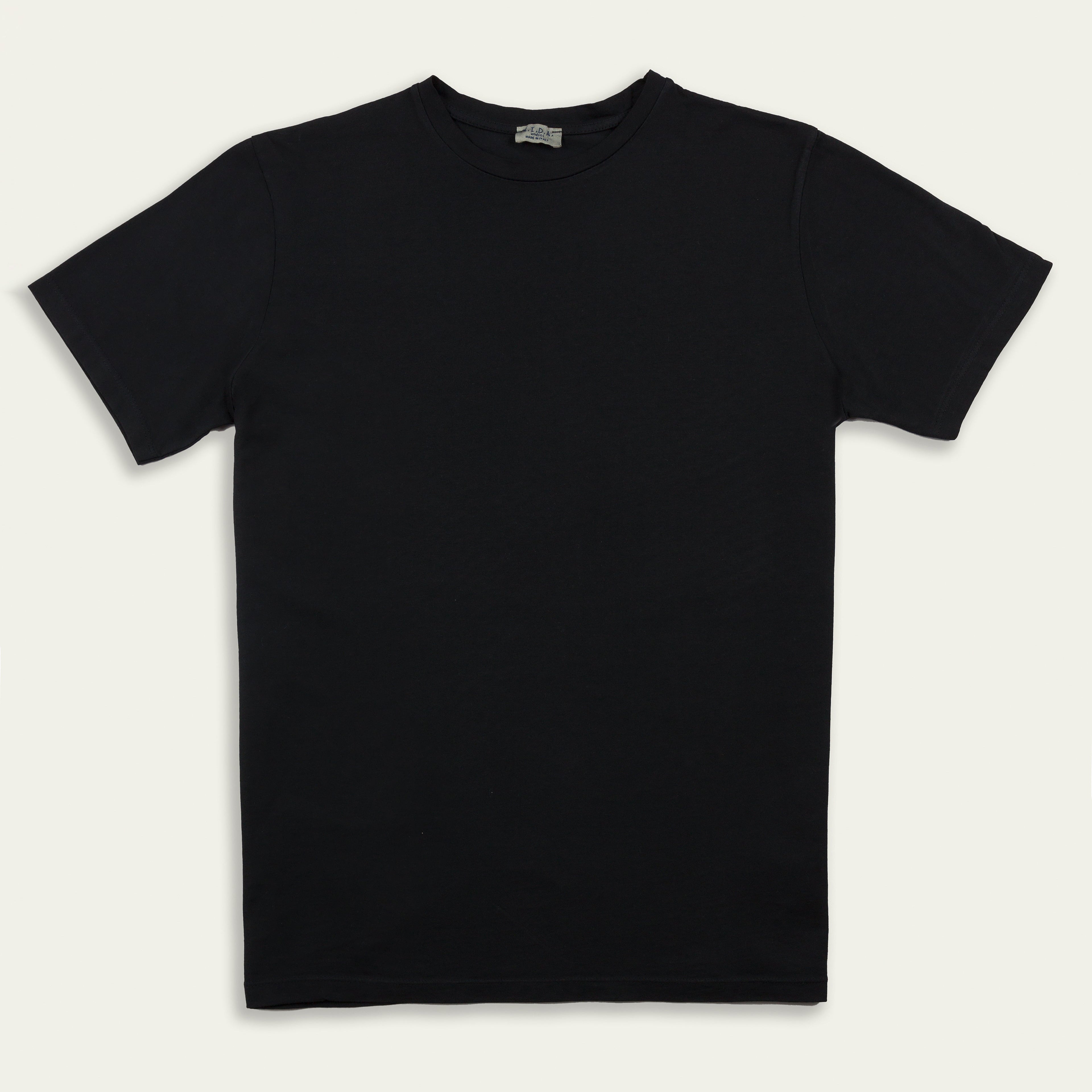
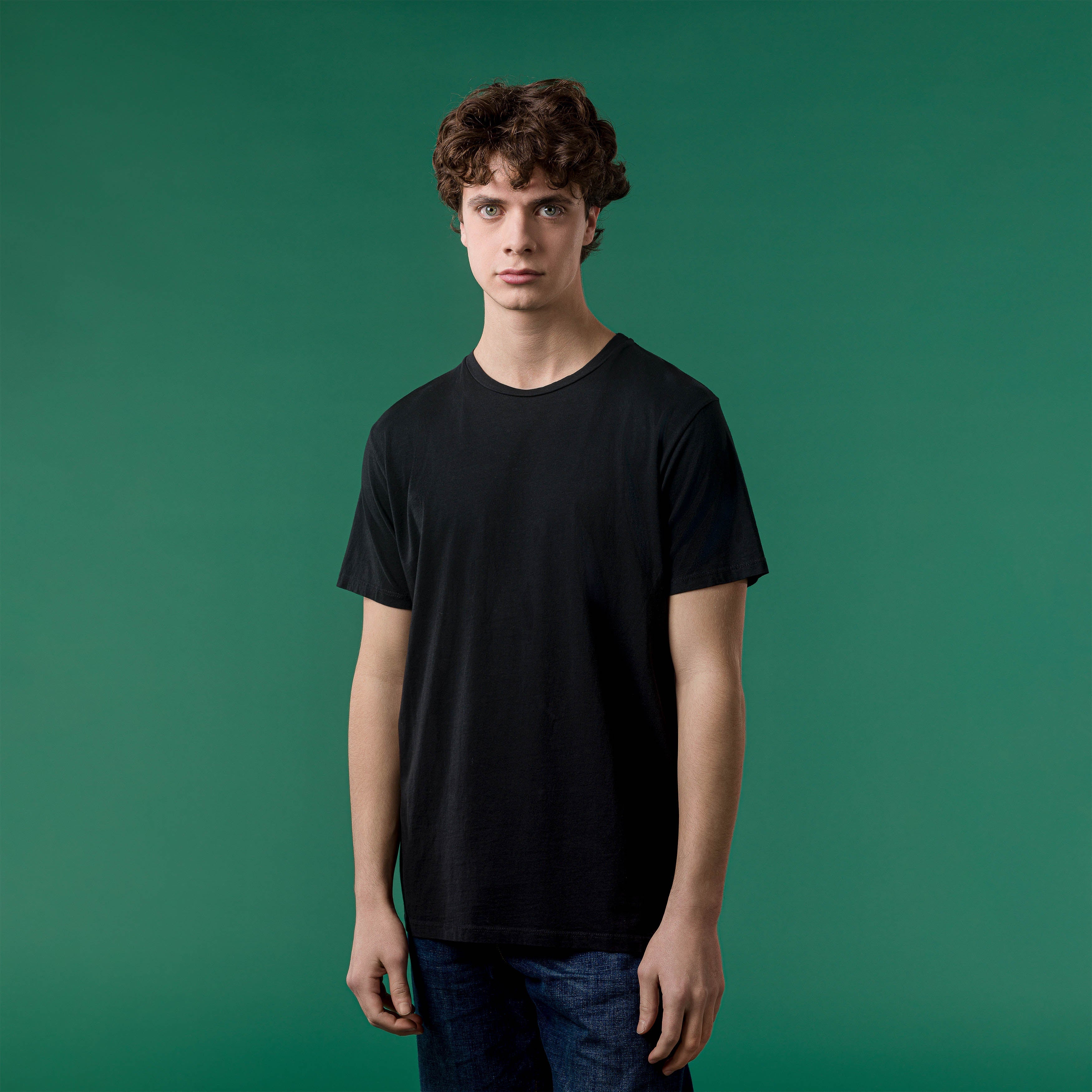

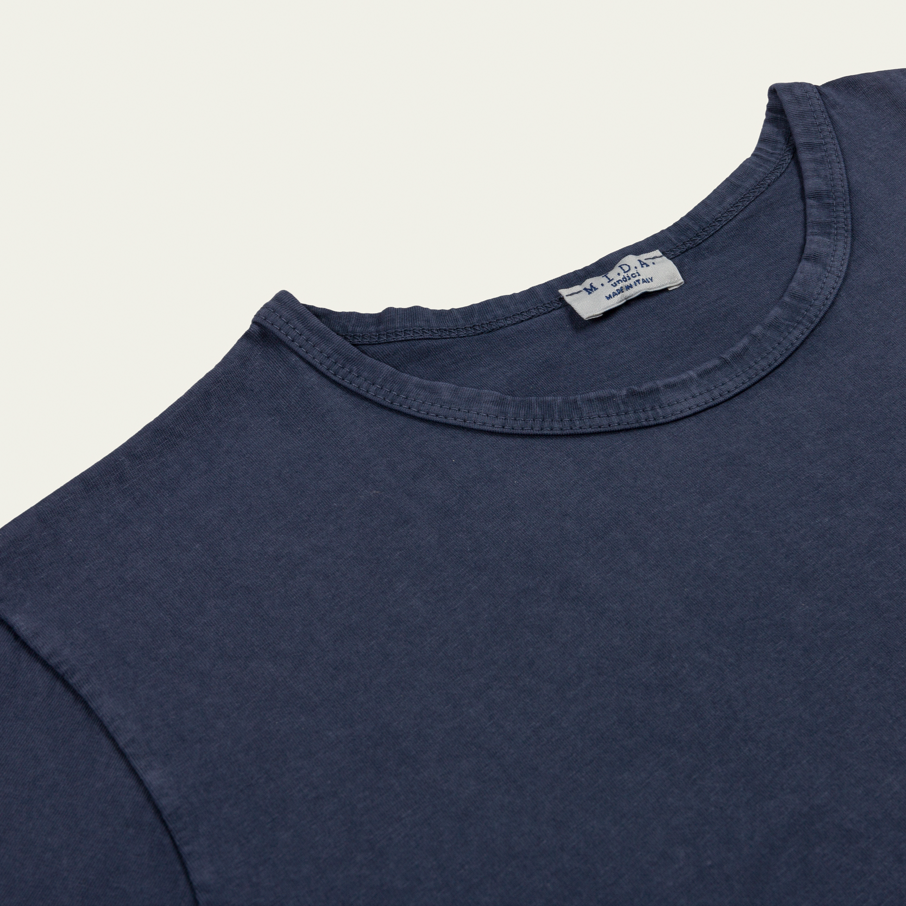



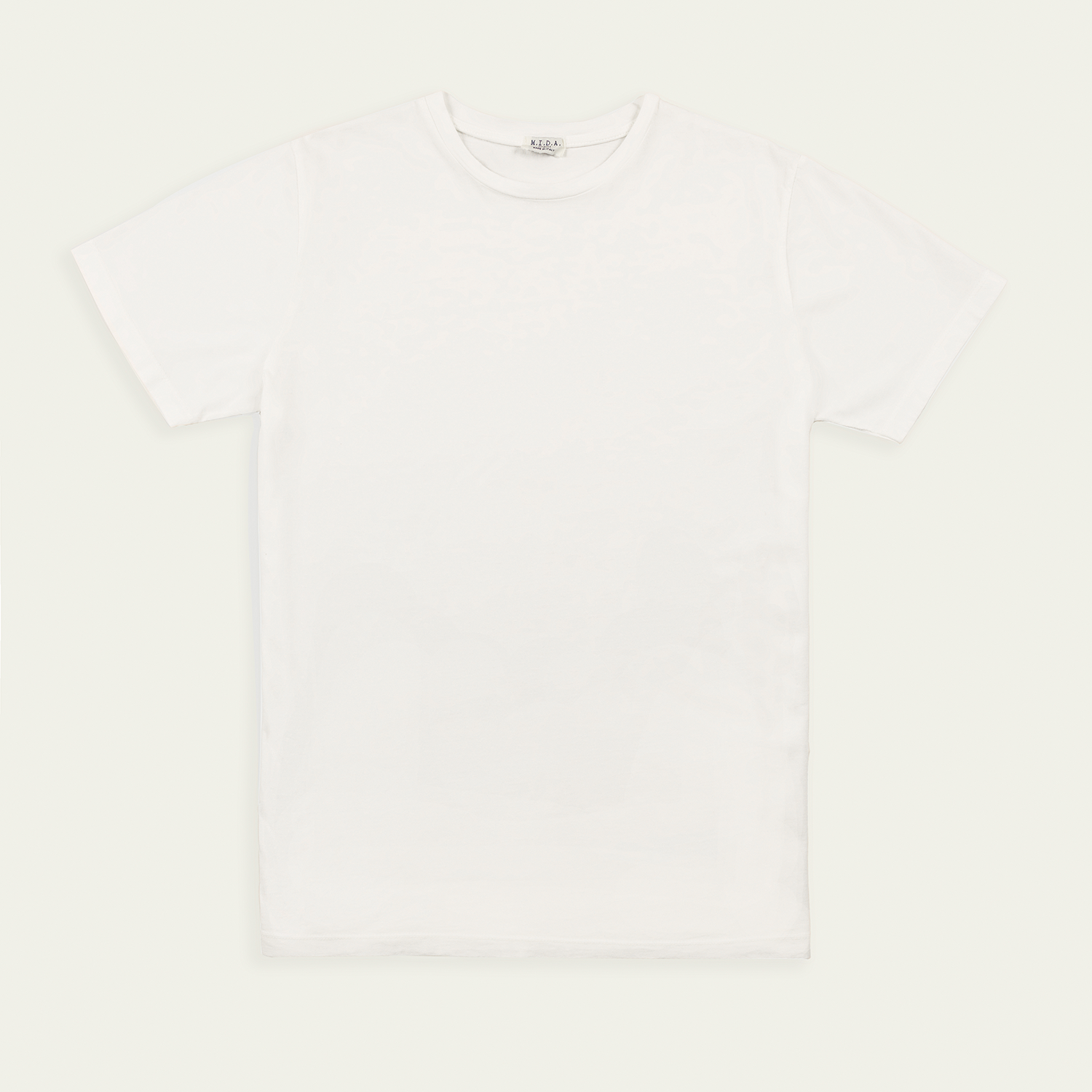
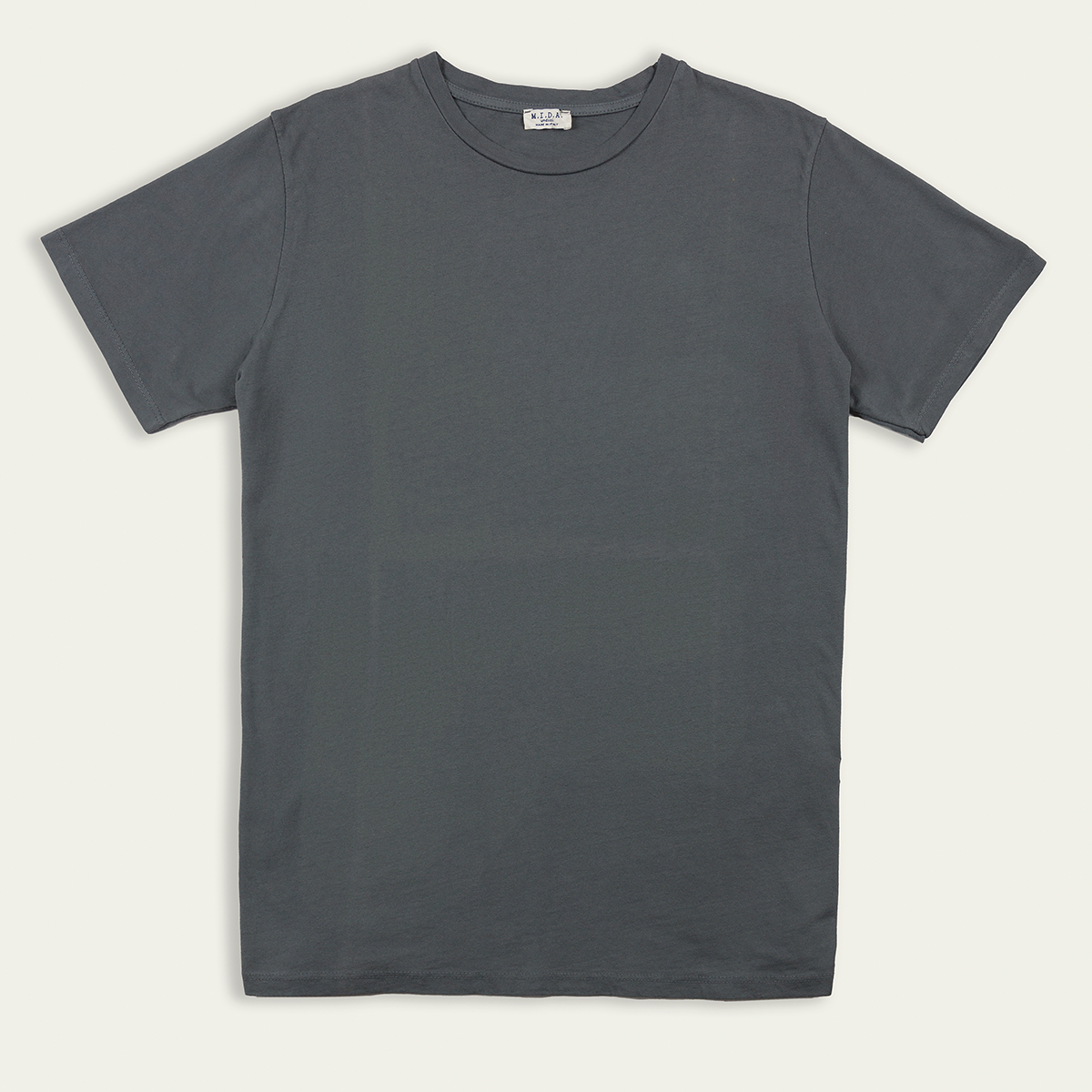

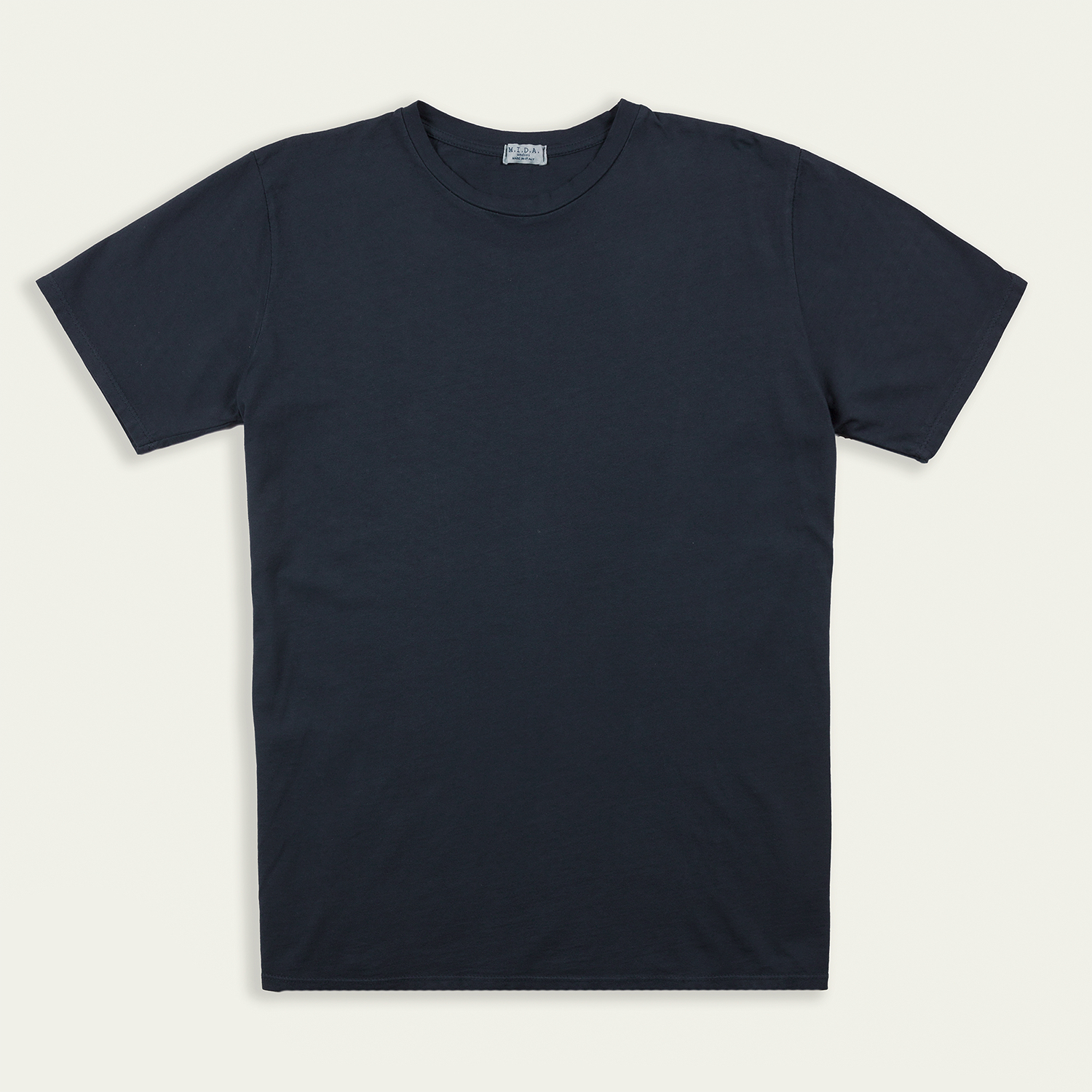
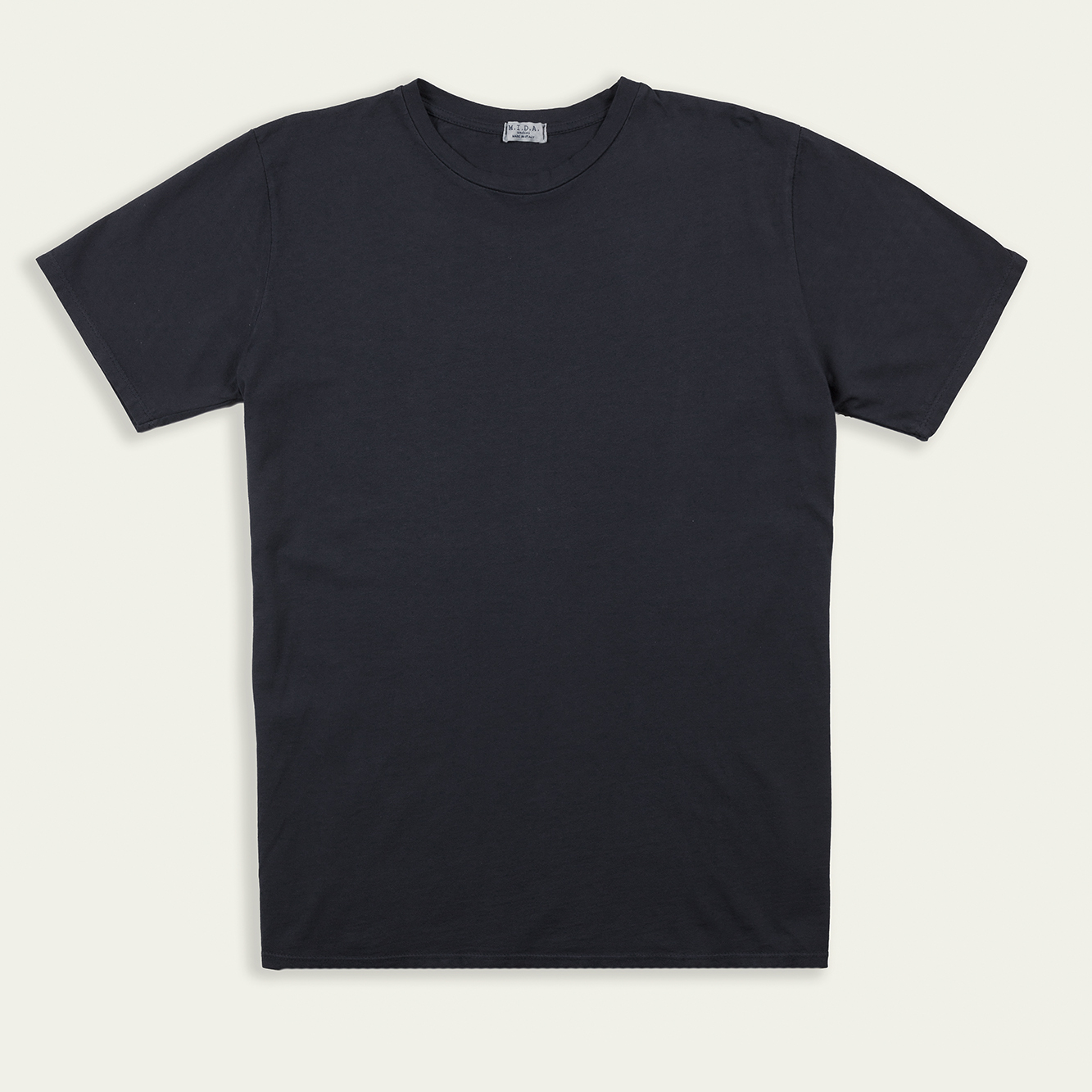
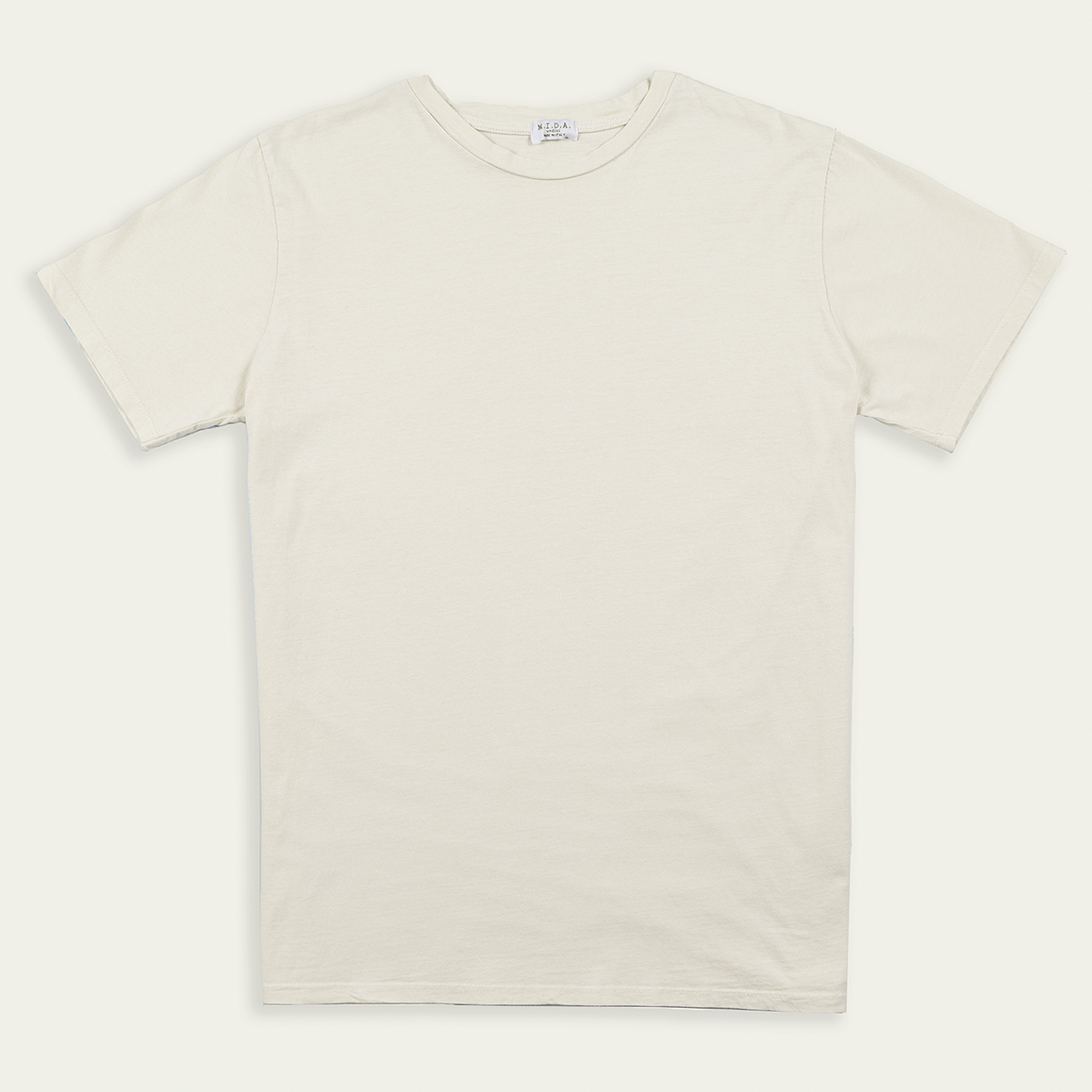
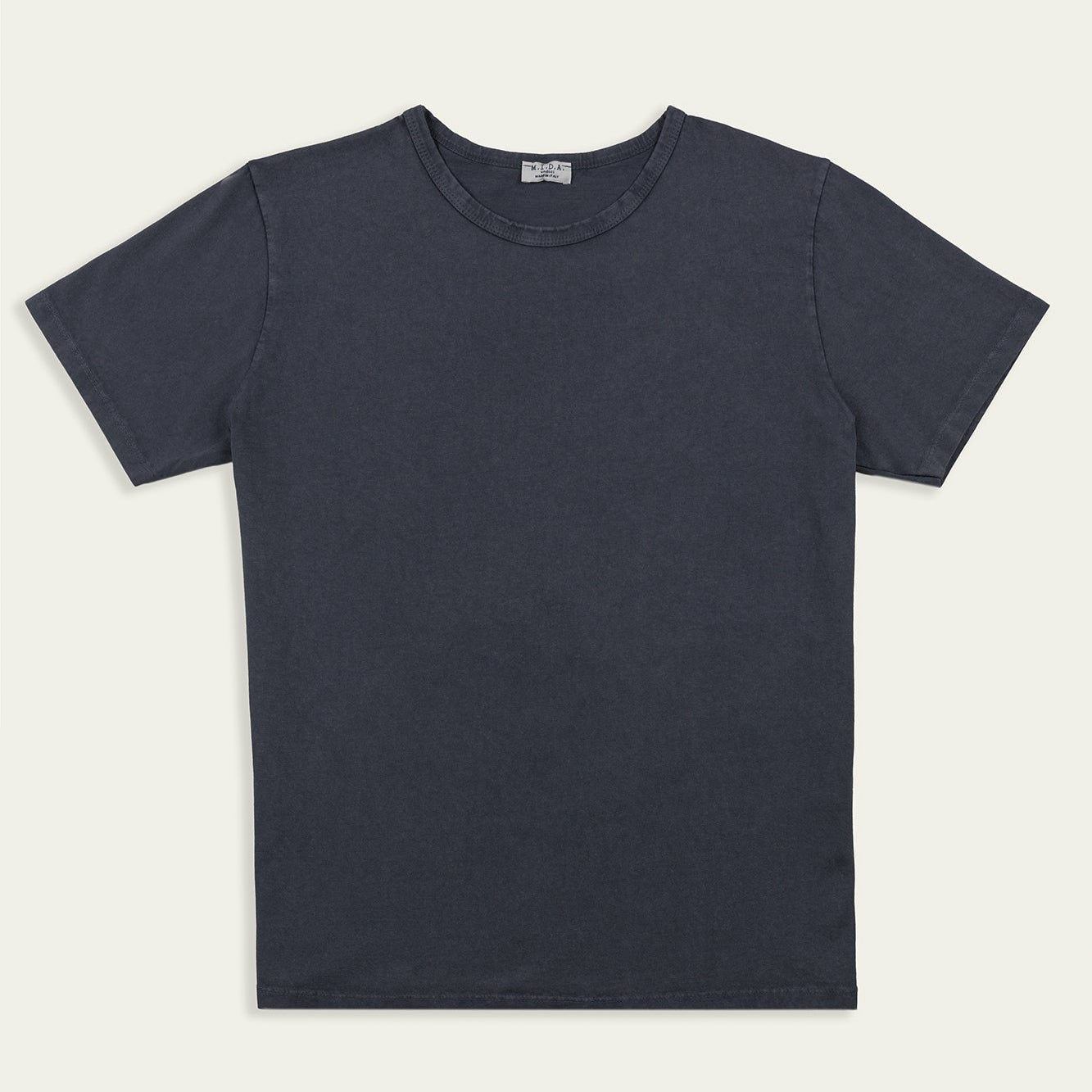
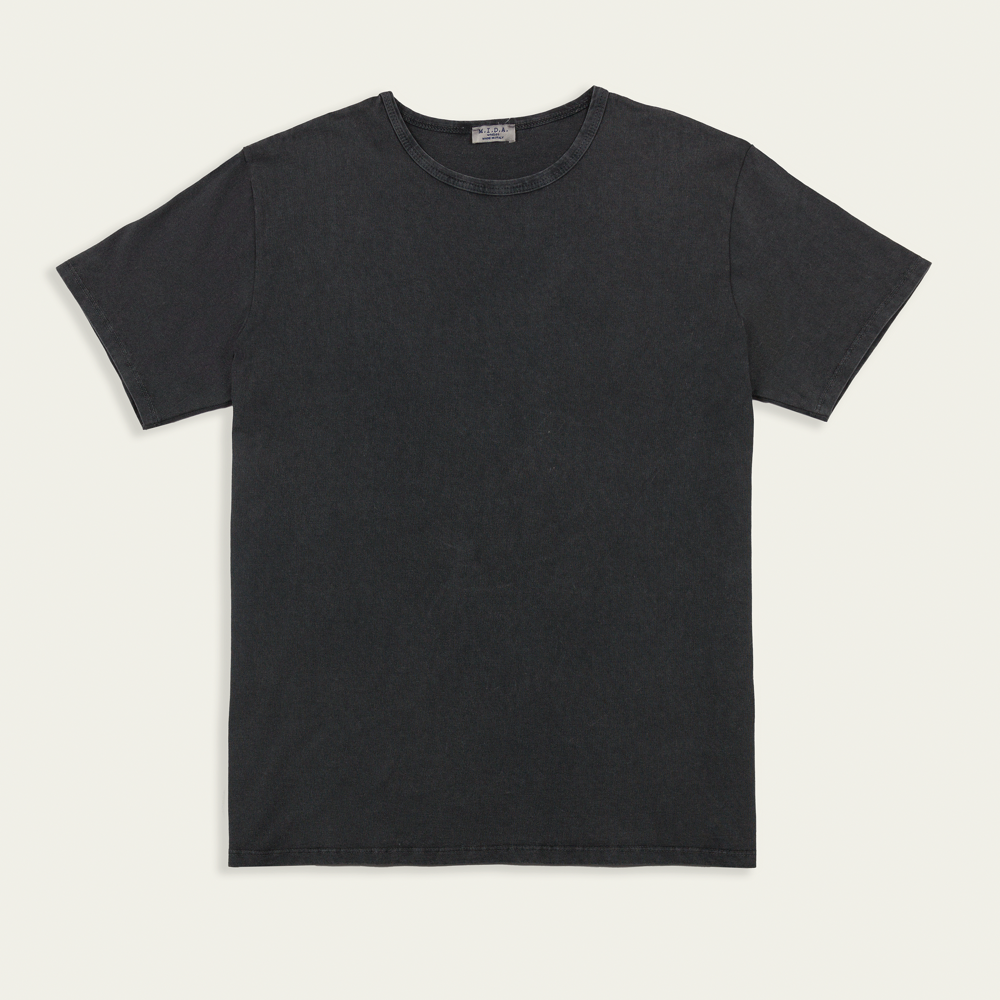
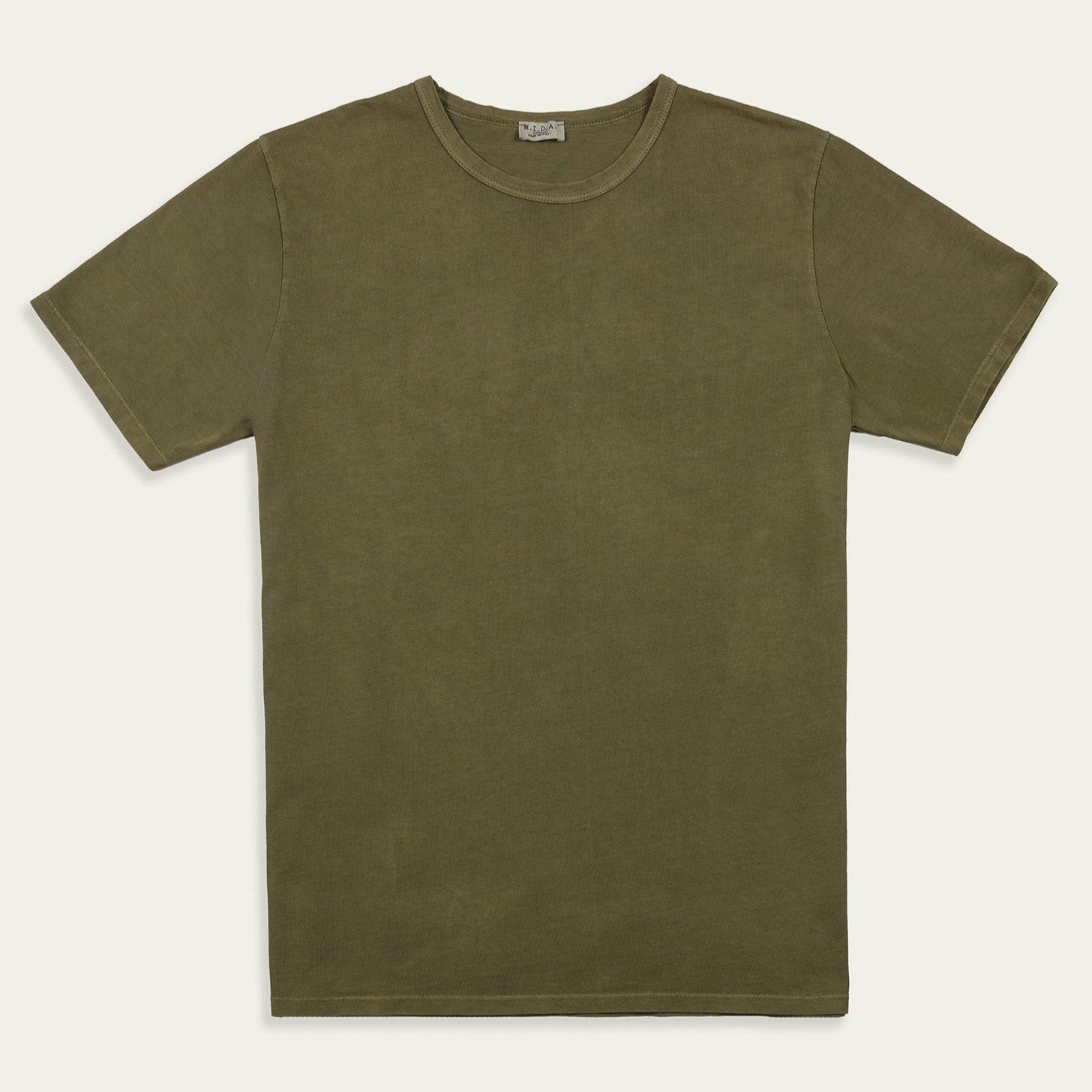
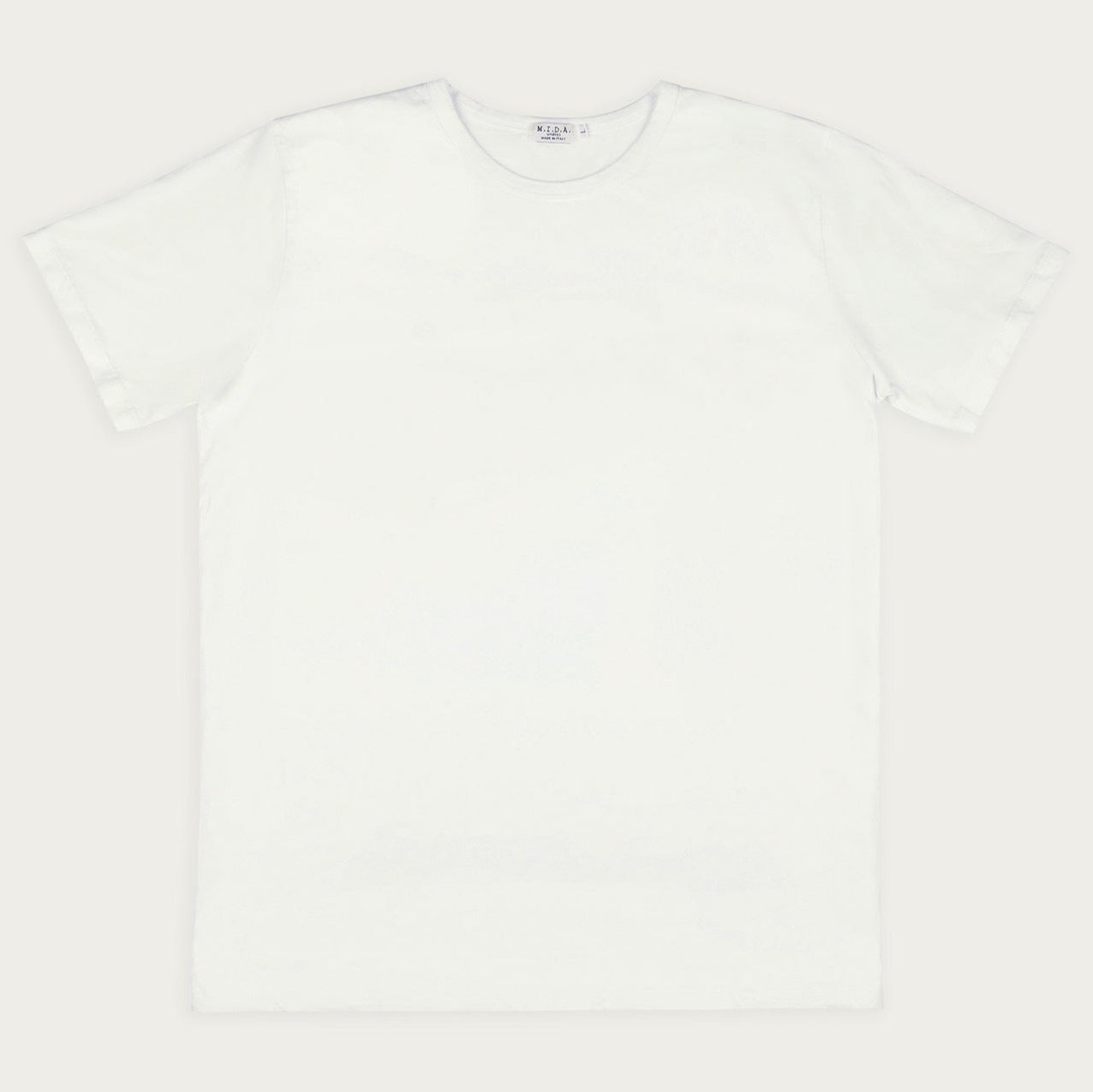
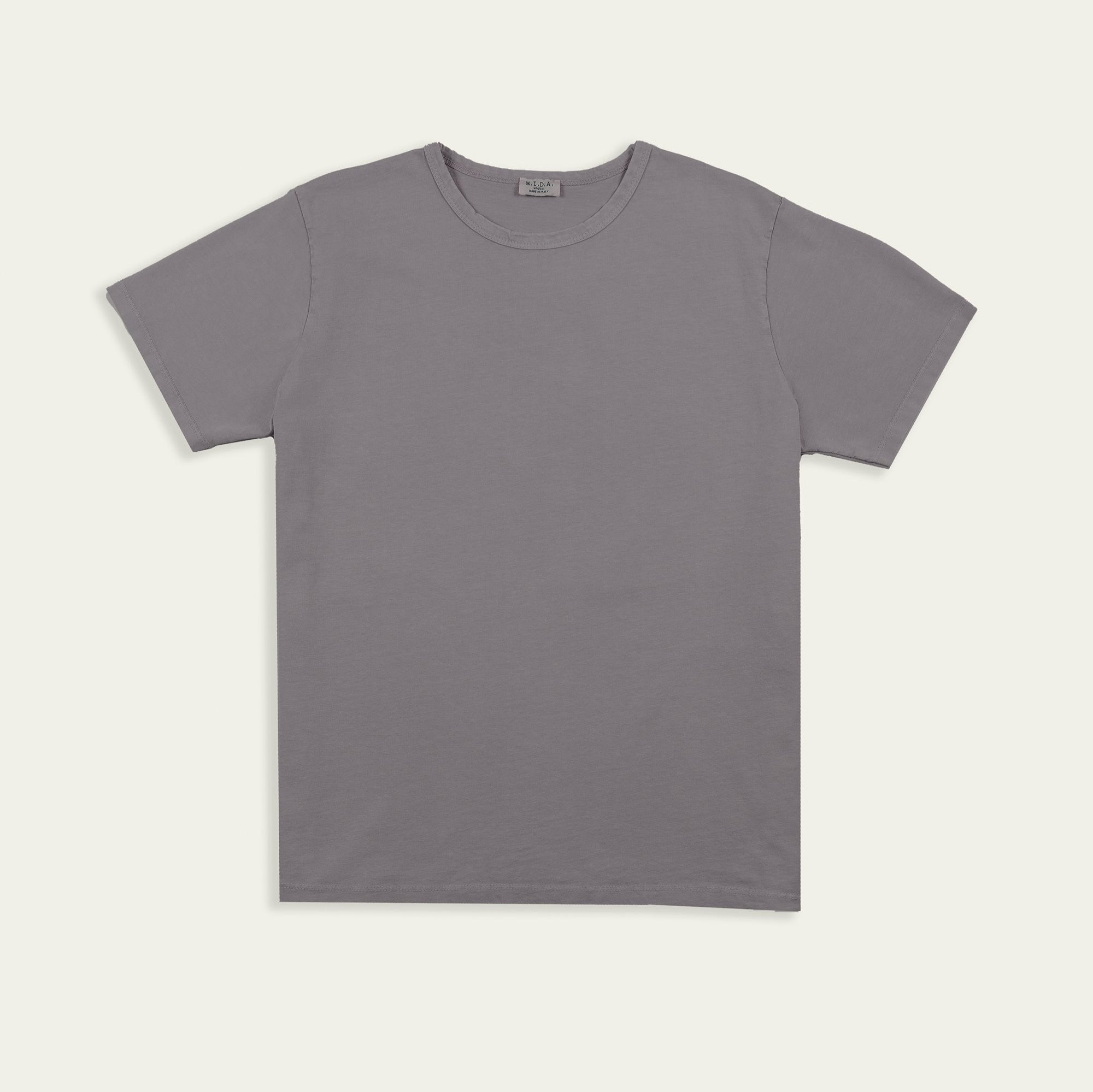
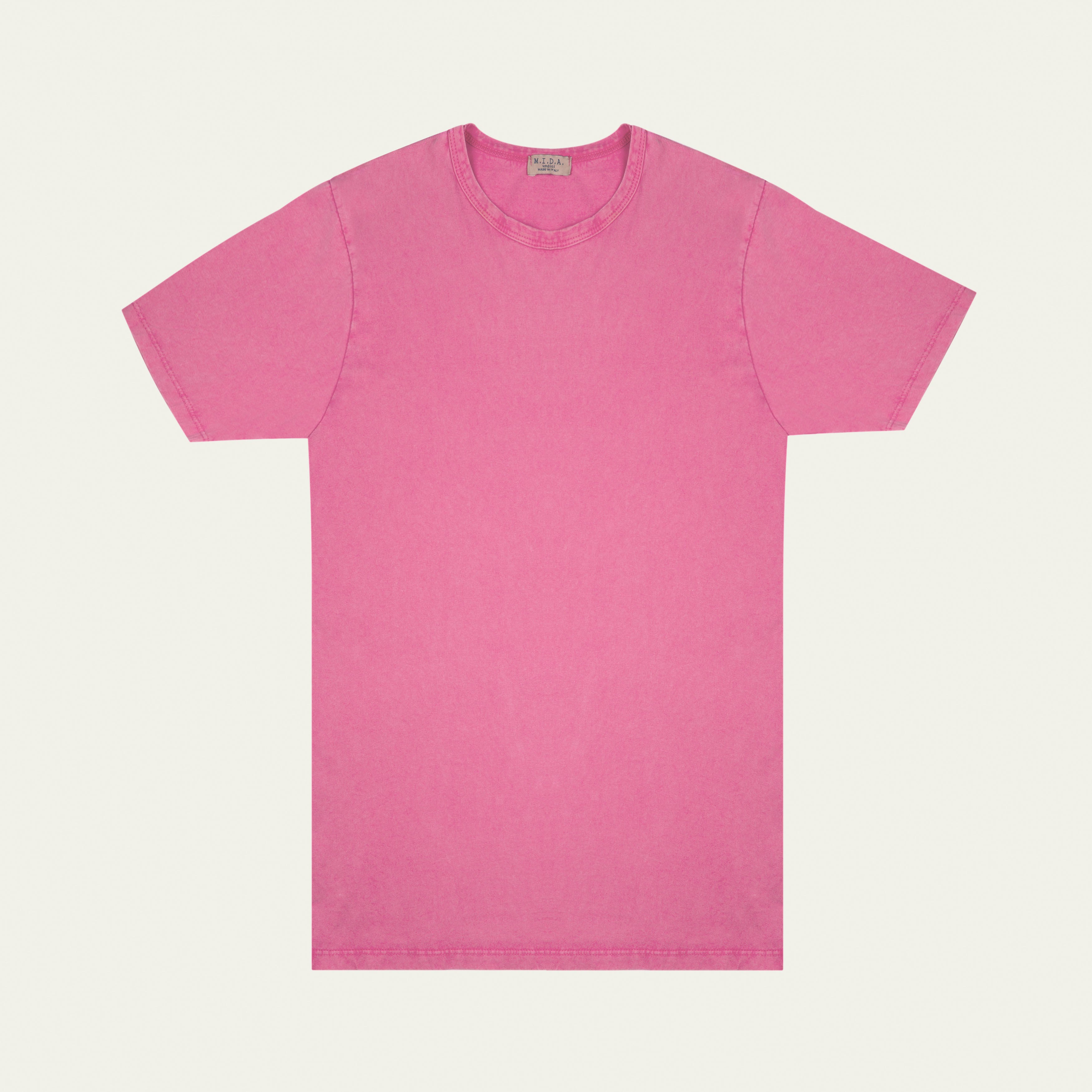
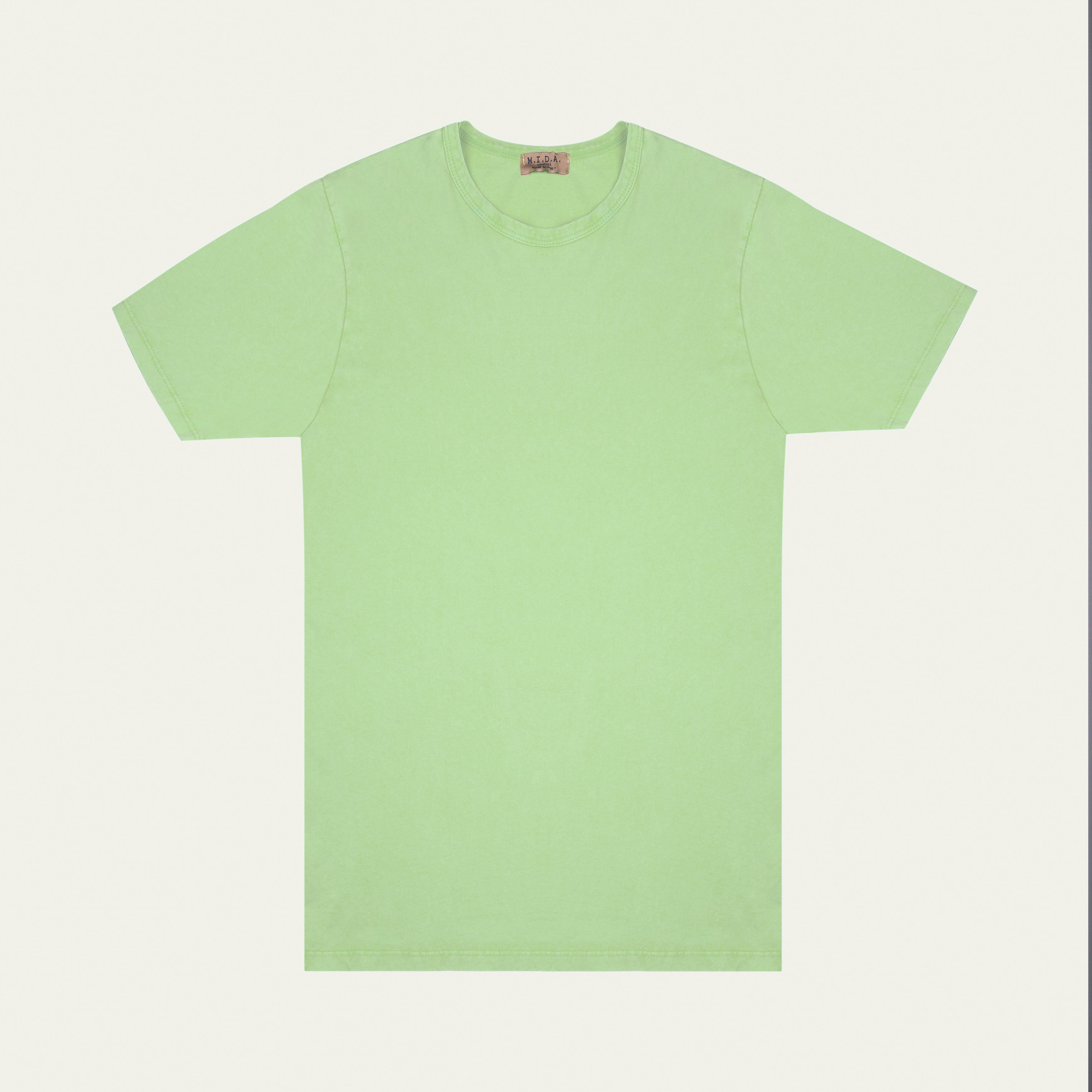
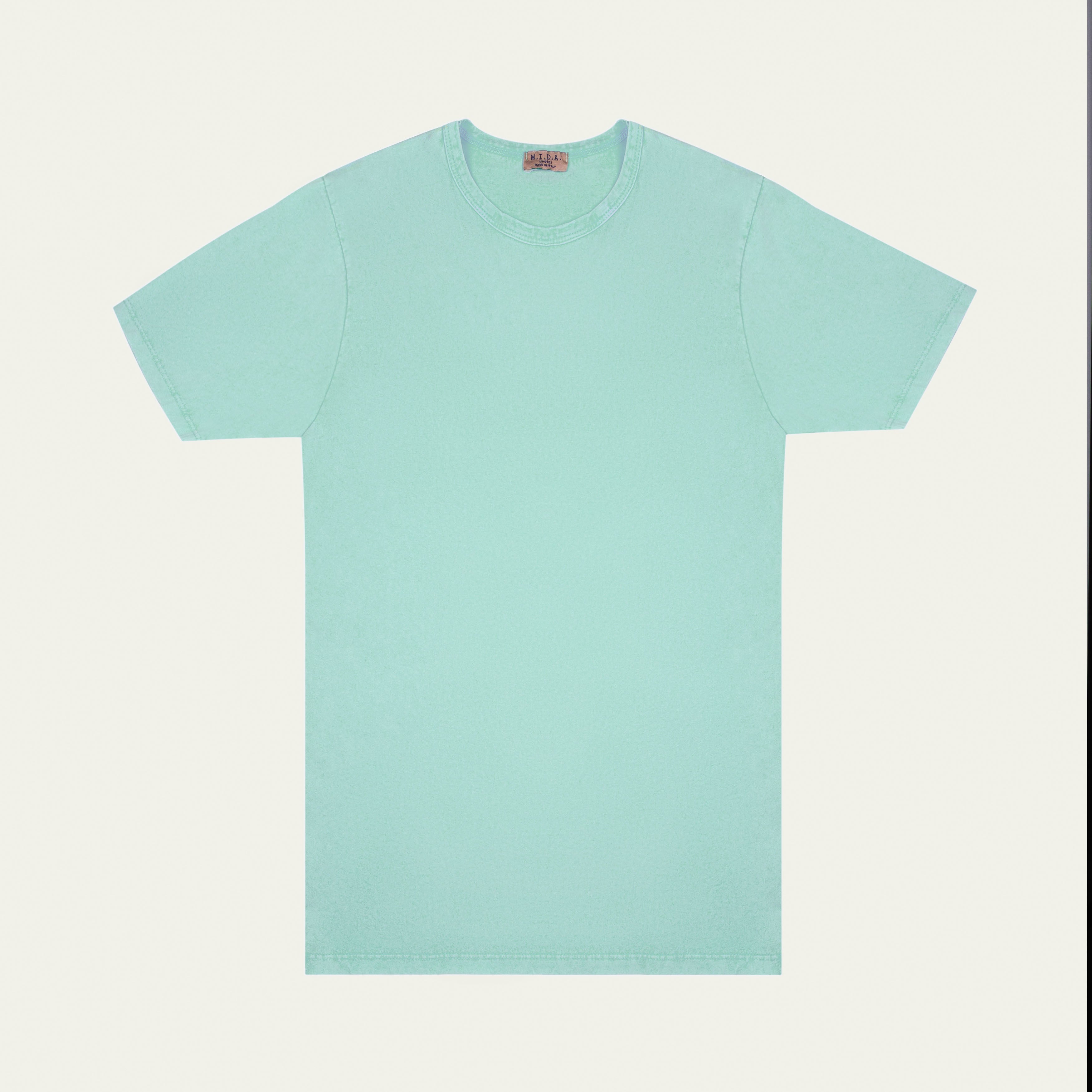
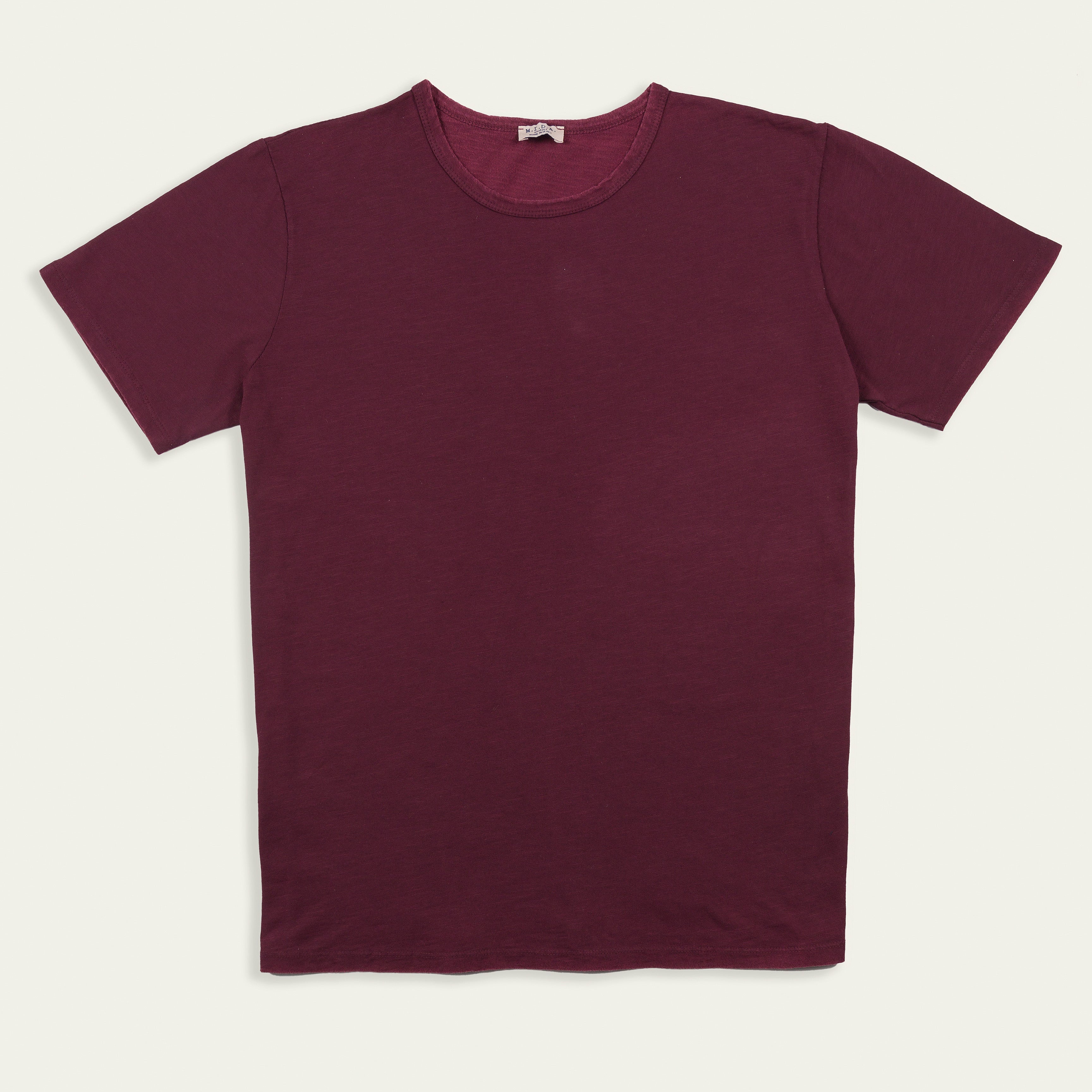
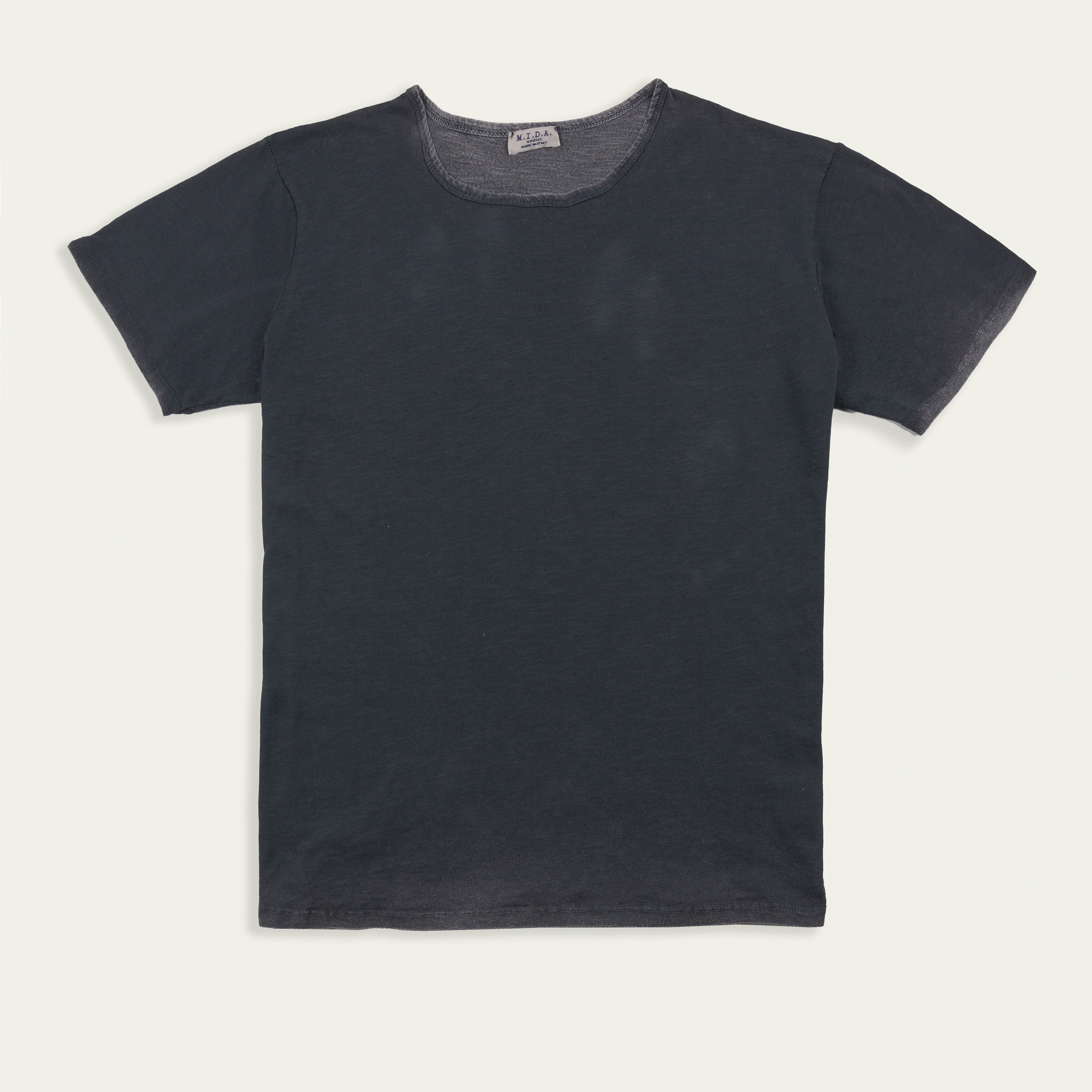

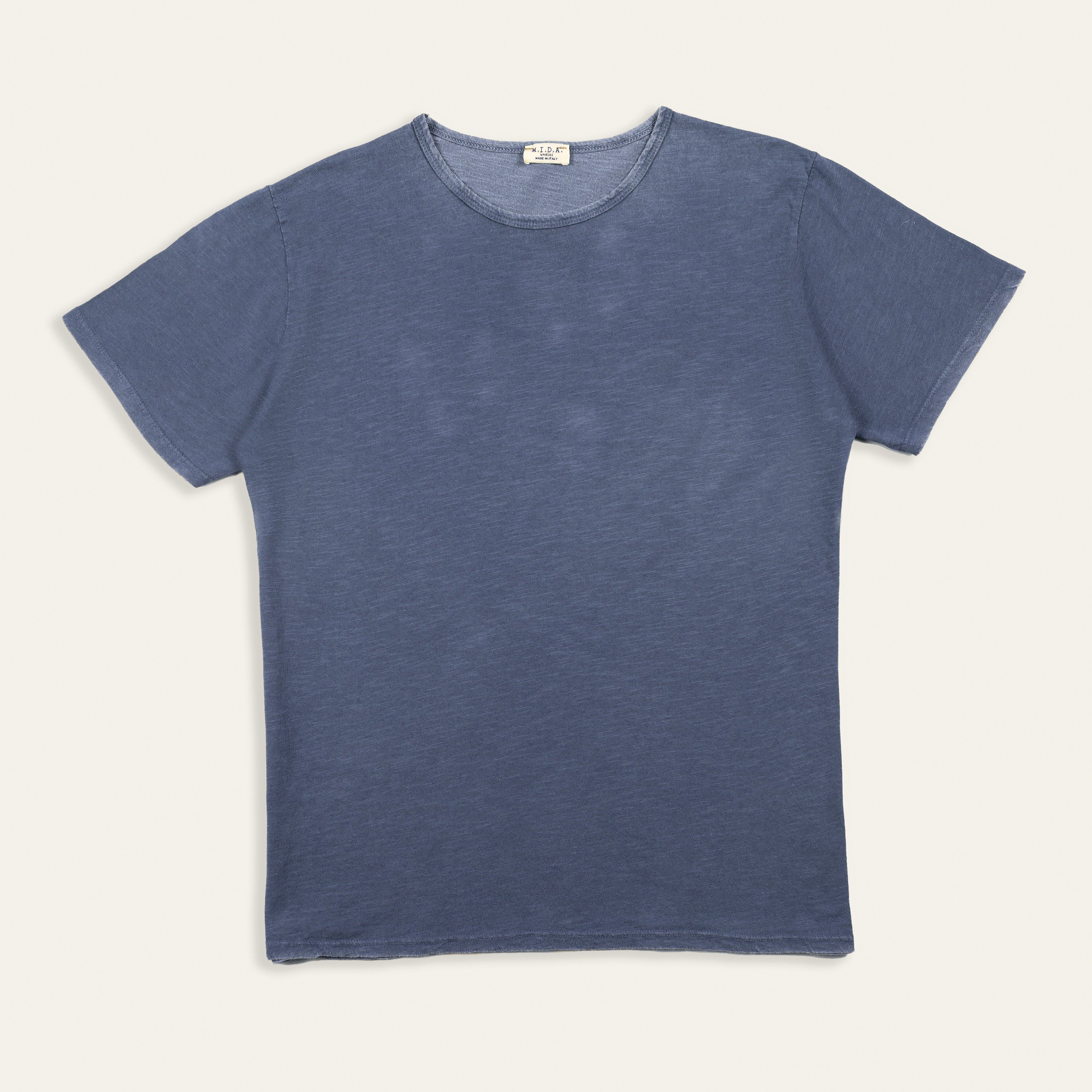
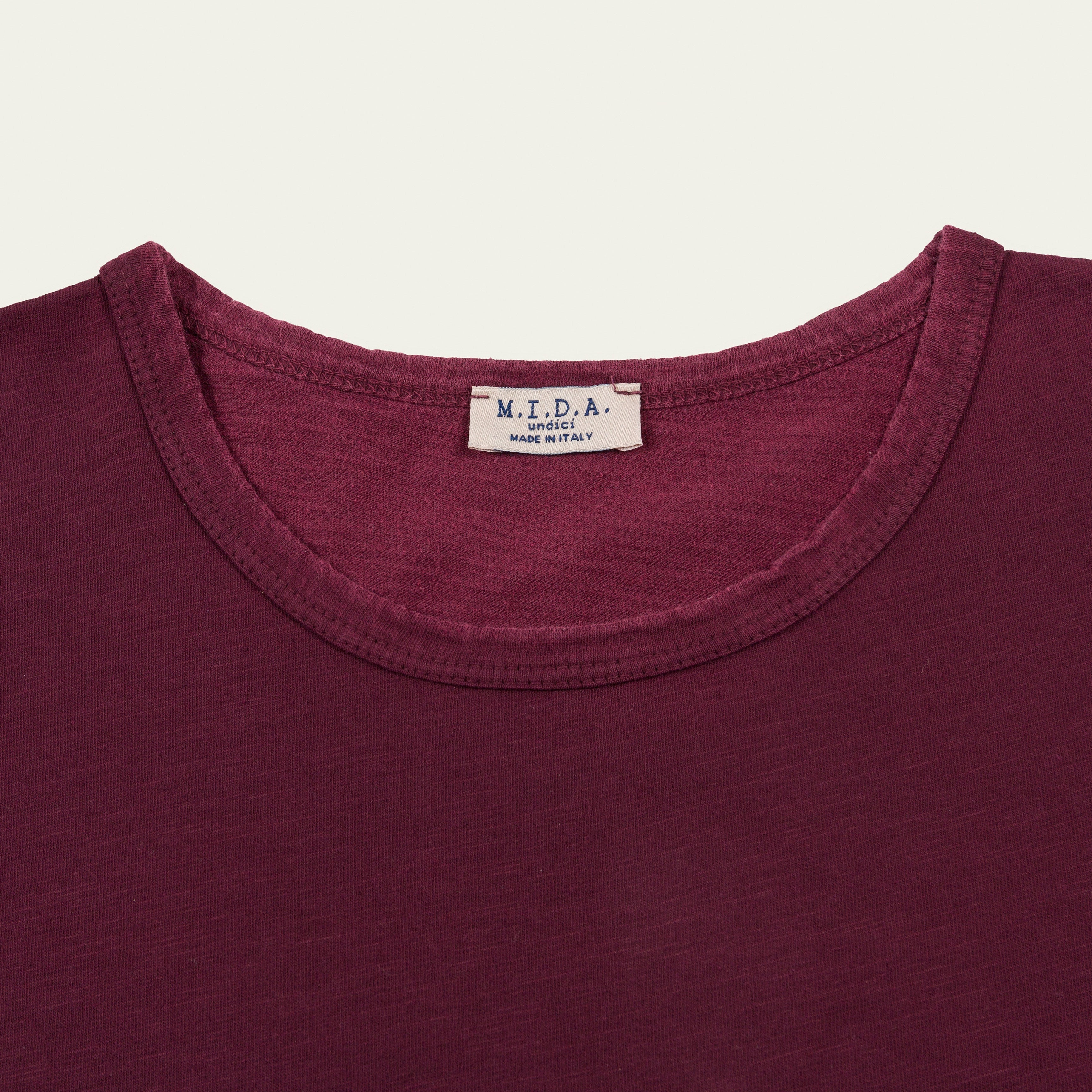





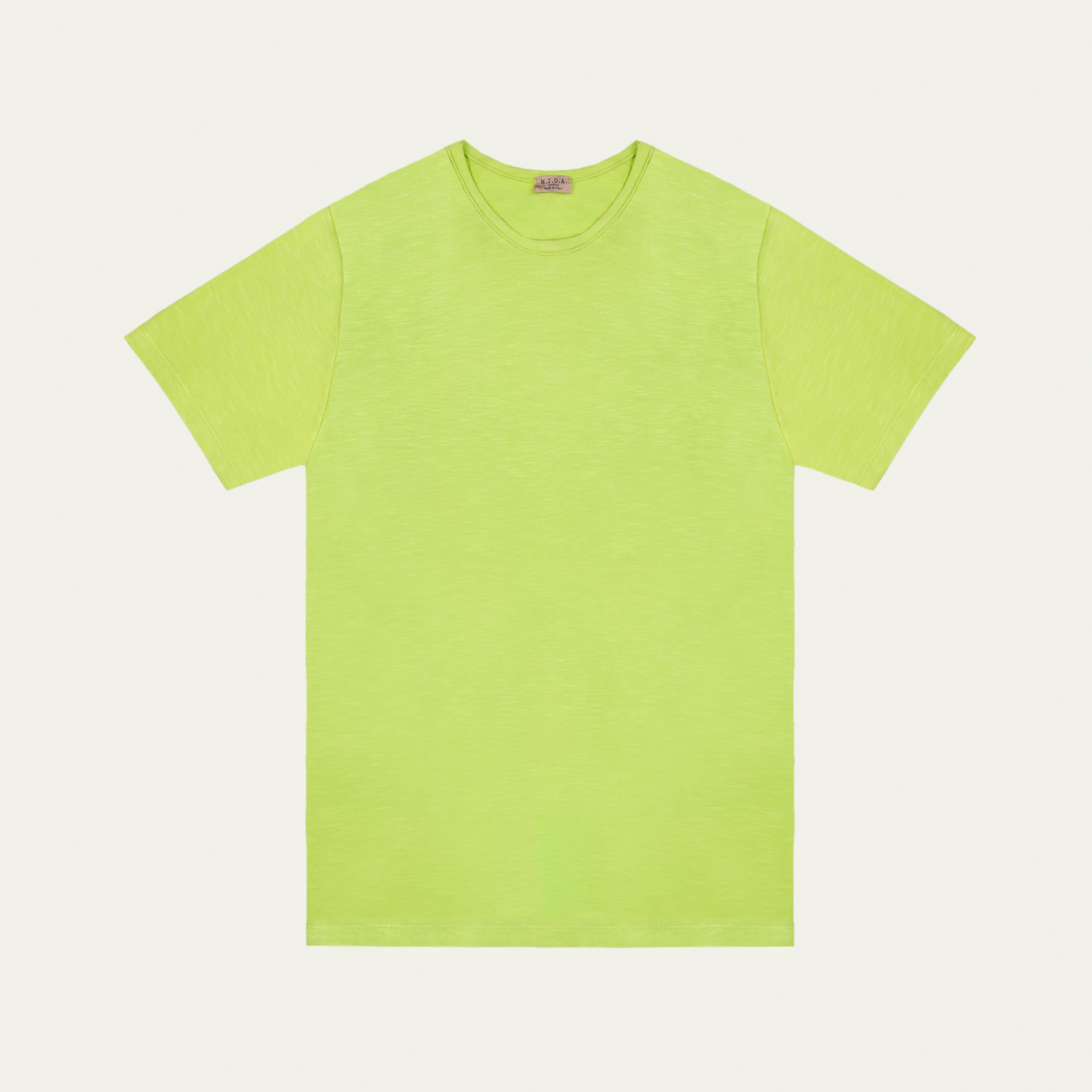

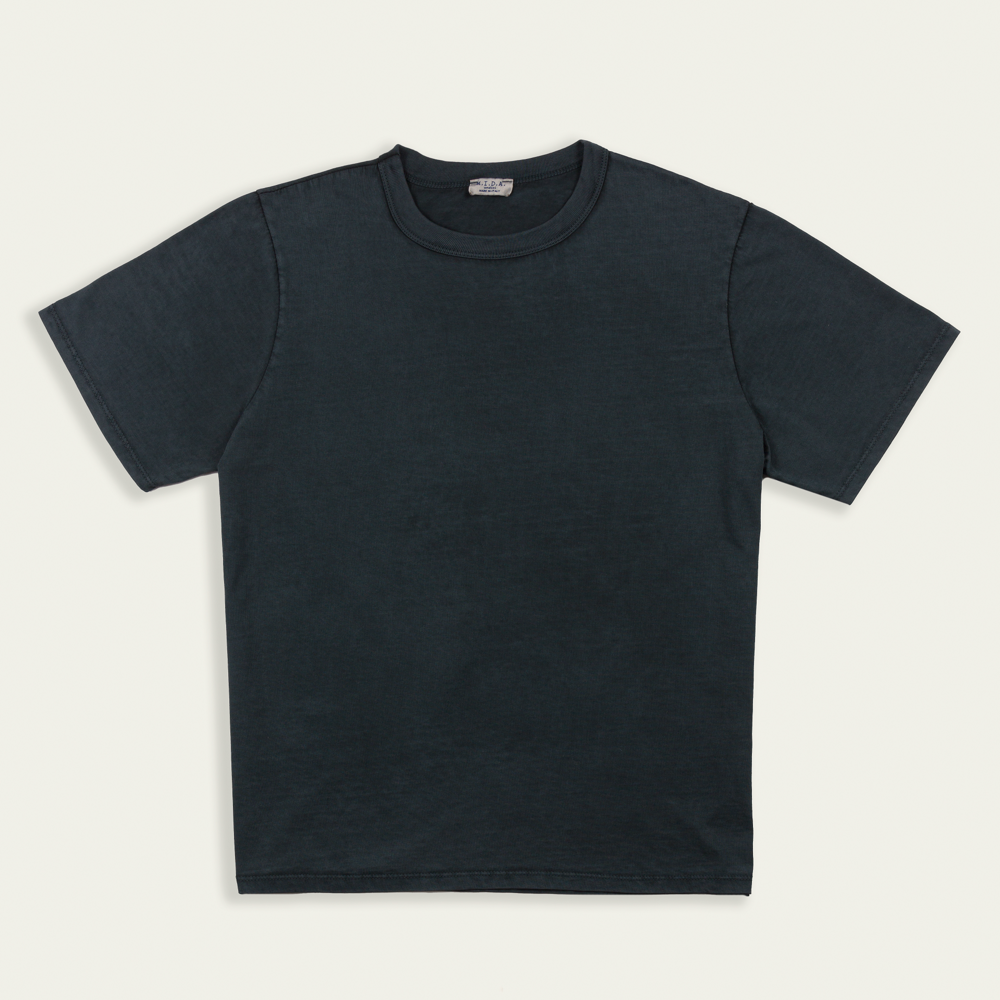



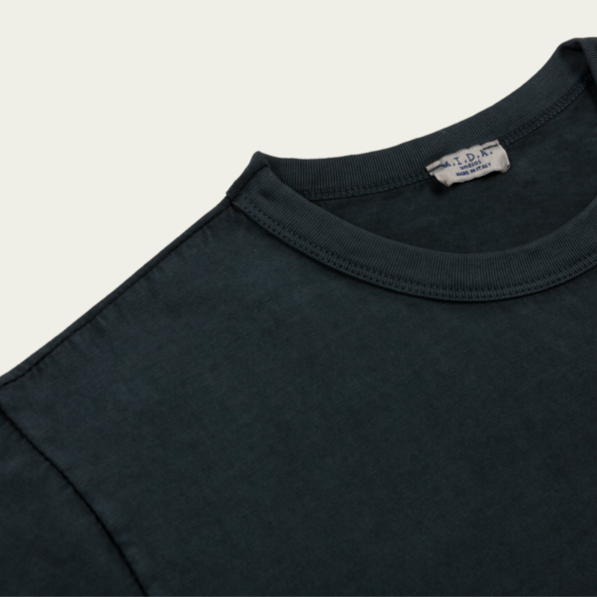
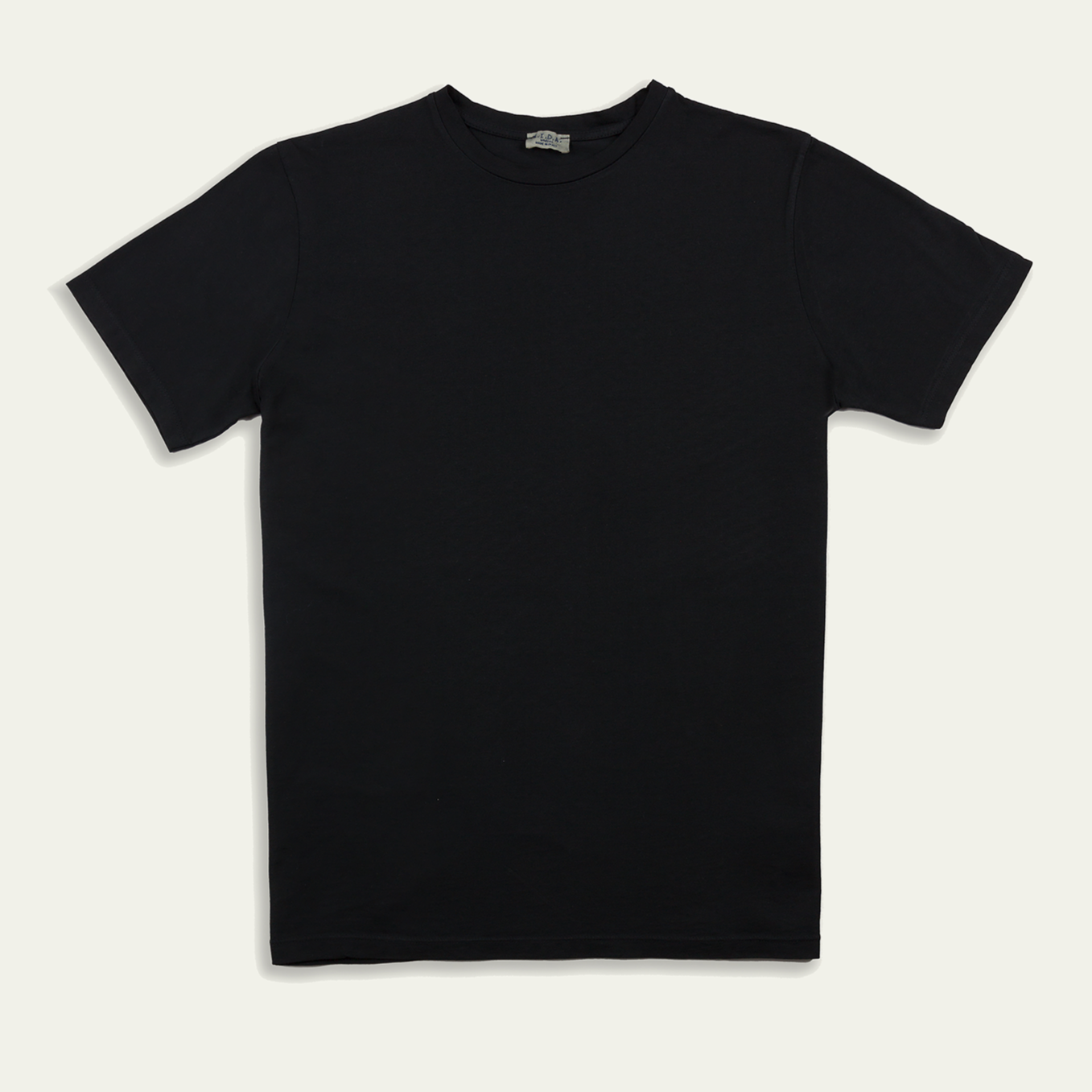
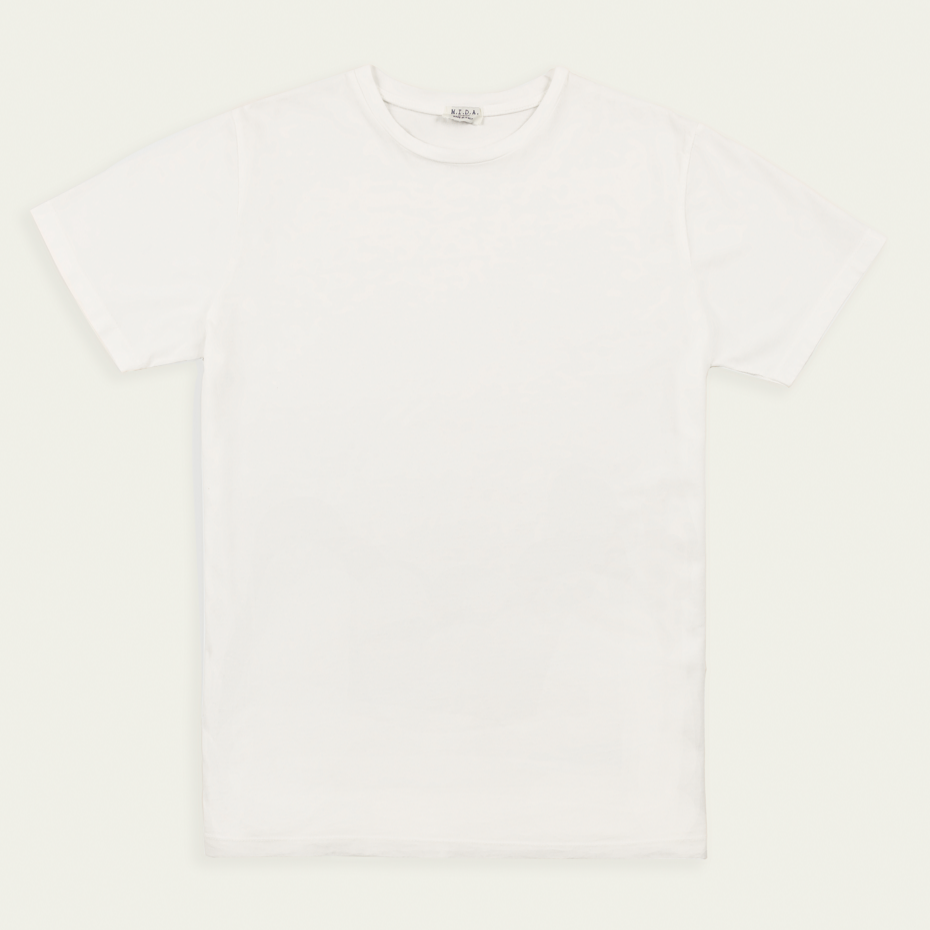

Leave a comment